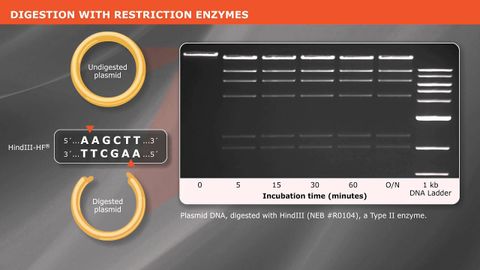
Subtitles & vocabulary
Cloning With Restriction Enzymes
00
Cheng-Hong Liu posted on 2014/12/15Save
Video vocabulary
refer
US /rɪˈfɚ/
・
UK /rɪ'fɜ:(r)/
- Verb (Transitive/Intransitive)
- To talk about or write about something
- To give information about something
A2TOEIC
More maintain
US /menˈten/
・
UK /meɪn'teɪn/
- Transitive Verb
- To keep saying something a certain way
- To keep (machine) working by checking, repairing
A2TOEIC
More generate
US /ˈdʒɛnəˌret/
・
UK /ˈdʒenəreɪt/
- Transitive Verb
- To create or be produced or bring into existence
- To create electricity, heat, energy and power
A2TOEIC
More Use Energy
Unlock All Vocabulary
Unlock pronunciation, explanations, and filters
